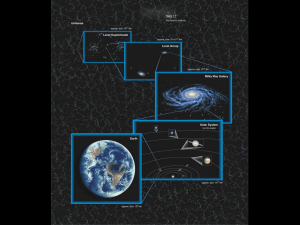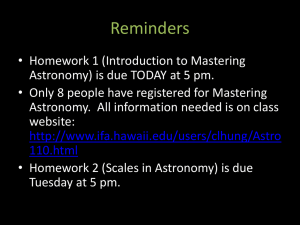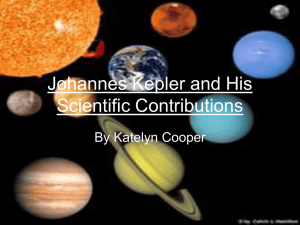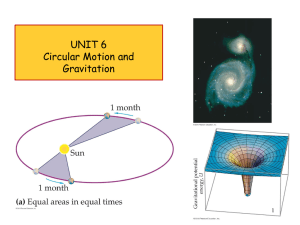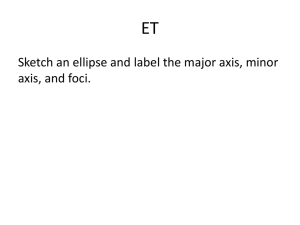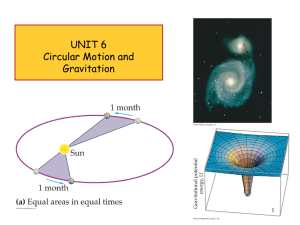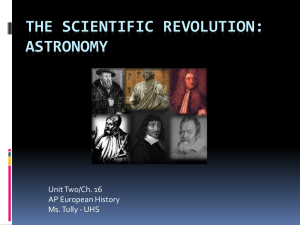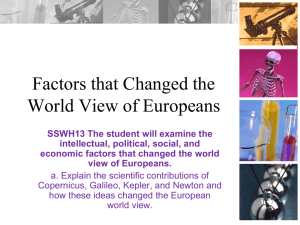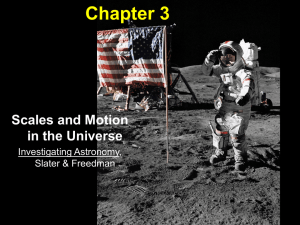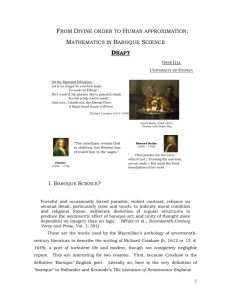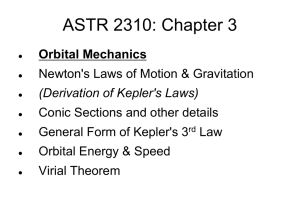Tycho, Kepler, and Newton
advertisement
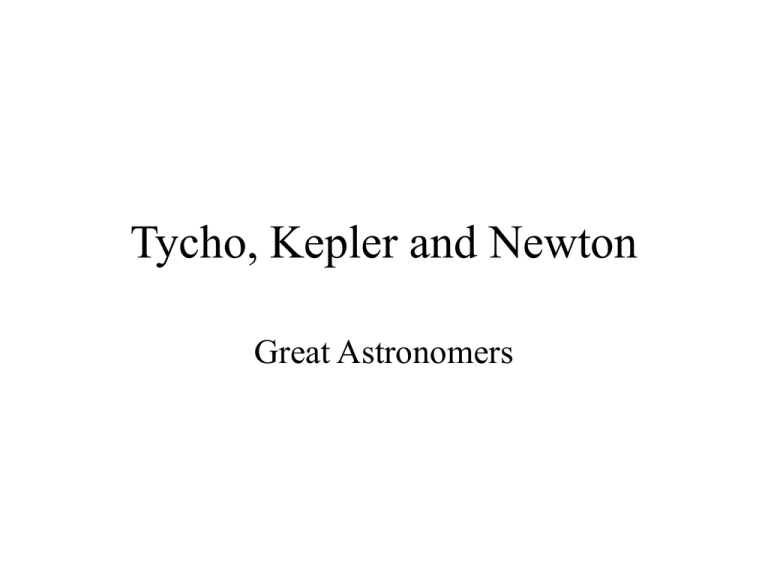
Tycho, Kepler and Newton Great Astronomers Tycho Brahe - An Observer • Tycho Brahe was a prominent scholar and aristocrat in Denmark in the midlate 1500's • He made a huge number of observations of the stars and planets, all with the naked eye – Even without a telescope, he was very accurate in his measurements • Also recorded the appearance of comets and supernovae – The Tycho supernova remnant is still visible today Tycho (1546-1601) Johannes Kepler - A Theorist • Shortly before his death, Tycho began working with another scientist named Kepler • Kepler was put to the task of creating a model to fit all of Tycho's planetary data • Kepler spent the remainder of his life formulating a set of laws that explained the motion of the planets Kepler (1571 - 1630) Kepler's First Law • Kepler first noted that the orbital path of a planet around the Sun is an ellipse, not a perfect circle • The Sun lies at one of the foci of the ellipse • The eccentricity of an ellipse is a measure of how 'squished' from a circle the shape is • Most planets in the Solar System are very close to a perfect circle Focus Focus Kepler's 1st Law: The orbital paths of the planets are elliptical with the Sun at one focus. Kepler's Second Law • Kepler also noticed that the planets sweep out equal areas in their orbit over equal times • Notice that this means the planet must speed up and slow down at different points • If it takes the same amount of time to go through A as it does C, at what point is it moving faster? – C, when it is closest to the Sun Kepler's 2nd Law: An imaginary line connecting the Sun to any planet sweeps out equal areas of the ellipse over equal intervals of time. Kepler's Third Law • Finally, Kepler noticed that the period of planet's orbit squared is proportional to the cube of its semi major axis • This law allowed the orbits of all the planets to be calculated • It also allowed for the prediction of the location of other possible planets Kepler's 3rd Law Simplified P a 2 3 NOTE: In order to use the equation as shown, you must be talking about a planet in the Solar System, P must be in years, and a must be in A.U. !!! Isaac Newton • Kepler's Laws were a revolution in regards to understanding planetary motion, but there was no explanation why they worked • That explanation would have to wait until Isaac Newton formulated his laws of motion and the concept of gravity • Newton's discoveries were important because they applied to actions on Earth and in space • Besides motion and gravity, Newton also developed calculus Newton (1642-1727) Newton's First Law • Newton's first law states: An object at rest will remain at rest, an object in motion will stay in motion - UNLESS acted upon by an outside force Outside Force • This is why you should always wear a seat belt! Newton's Second Law • Acceleration is created whenever there is a change in velocity – Remember, this can mean a change in magnitude AND/OR direction • Newton's Second Law: F ma • Notice how this equation works: – The bigger the mass, the larger the force – The bigger the acceleration, the larger the force Newton's Third Law • Newton's Third Law states: For every action, there is an equal and opposite reaction • Simply put, if body A exerts a force on body B, body B will react with a force that is equal in magnitude but opposite direction • This will be important in astronomy in terms of gravity – The Sun pulls on the Earth and the Earth pulls on the Sun Newton and the Apple - Gravity • After formulating his three laws of motion, Newton realized that there must be some force governing the motion of the planets around the Sun • Amazingly, Newton was able to connect the motion of the planets to motions here on Earth through gravity • Gravity is the attractive force two objects place upon one another Revisions to Kepler's Laws • Newton's law of gravity required some slight modifications to Kepler's laws

